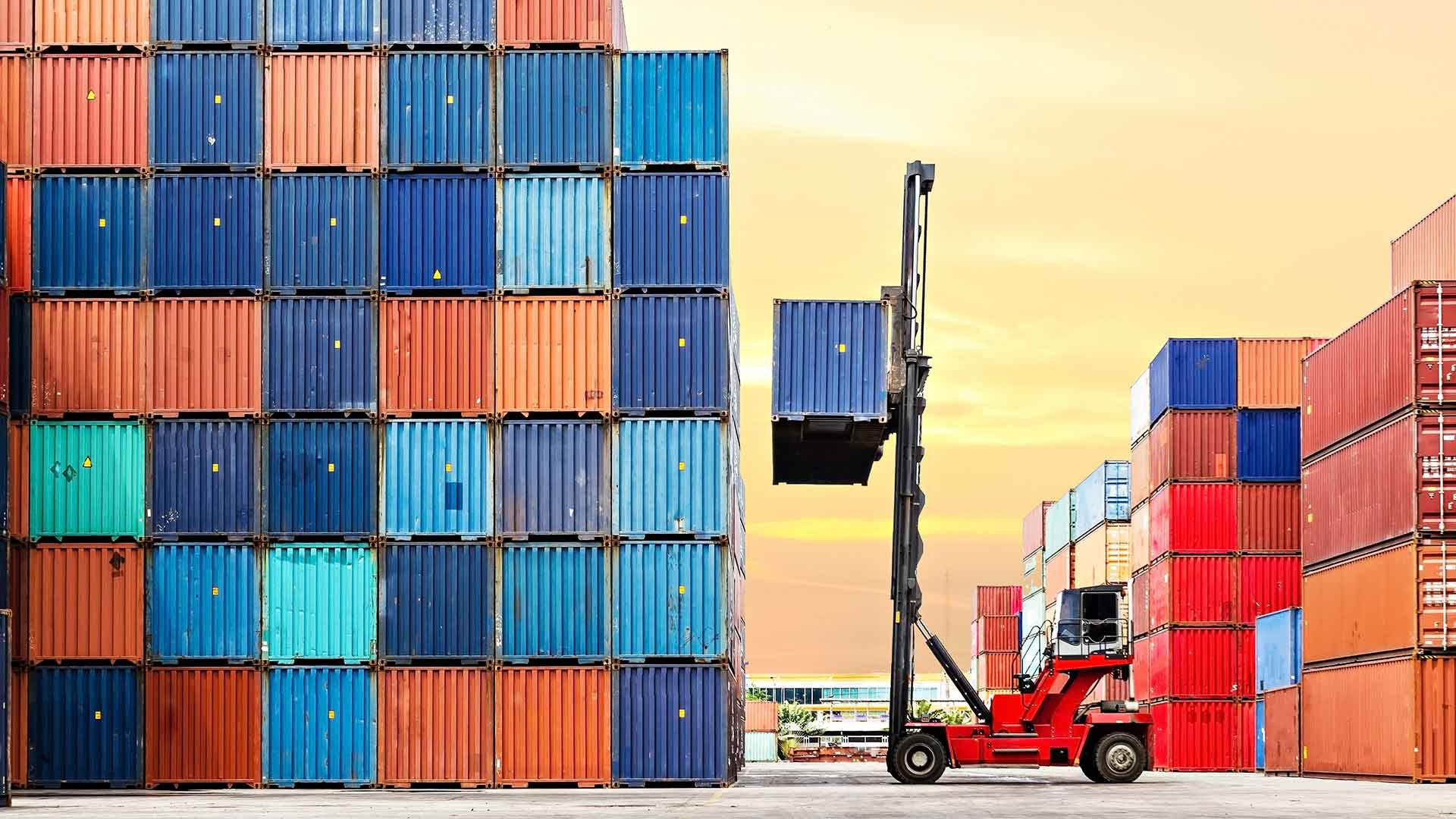Here’s why you can’t afford to let your yard become the “black hole” of your supply chain, and what you can do about it.
It doesn’t matter if your warehouse is organized to the tee and your transportation network operates like clockwork, if your yard is nothing more than a “black hole,” then your supply chain isn’t going to run smoothly, period. Afterthoughts for many companies, yards and loading docks are becoming focal points for organizations that don’t want to leave these important aspects of their end-to-end supply chains to chance.
Break bulk freight users are especially prone to bottlenecks in the yard, where loose cargo can be difficult to rein in and manage as it moves through the supply chain. Issues like gate congestion—which have exacerbated during this era of “touchless” activity and due to the need for social distancing—also come into play and make good yard and dock management that much more critical.
Why Neglect a Key Supply Chain Asset?
Where companies invest in warehouse management systems (WMS) to orchestrate the activities taking place within their facility’s four walls and then add supply chain visibility platforms and transportation management systems (TMS) to manage their freight networks, the areas where goods are received, staged, and shipped are often left to their own devices.
“The yard is still an area that not too many people are bothered about,” Gartner’s Bart De Muynck tells Logistics Management. “In fact, companies seem to be doing well by not doing anything out in their yards. In other words, they’re sticking with the status quo and it’s working, so why change it? However, we’re seeing a little bit of progress in this area in terms of technology adoption, but it’s still early.”
For shippers, the incentive to step up their dock and yard management activities often relates directly to the federal hours-of-service (HOS) regulations, which control how many hours a drivers can be behind the wheel and how much time they have to rest between shifts. Administered by the Federal Motor Carrier Safety Administration (FMCSA), HOS governs the number of working hours for anyone who operates a commercial motor vehicle in the United States.
“Waiting around for a dock door to be available or for a shipment to be loaded onto a truck, for example, can derail a transportation plan due to a driver being placed out of commission,” Logistics Management states. Other stopgaps include poor communication levels between employees out on the loading dock or in the yard; gate congestion caused by inbound and outbound vehicle congestion; and poor visibility into yard activities.
“Efficient yard operations provide benefits throughout the entire supply chain,” MH&L points out, “while effective yard management plays a critical role in the successful flow of goods in and out of distribution centers, manufacturing plants, and warehouse facilities.”

The Pressure is On
Pressured to improve their fulfillment and transportation operations in order to meet the rigors of e-commerce and changing consumer demands, companies are using more software and automation to help their supply chains run smoothly and profitably.
When poor management and scheduling lead to bottlenecks at the dock and within the yard, causing detention and demurrage charges and even lost sales, many companies turn to technology for help. “The growth of e-commerce and the related demands for an automated, real-time ability to assist a warehouse management system is also prompting interest in yard management solutions,” Inbound Logistics reports.
And while a yard management system (YMS) can operate as a standalone application, integration with a warehouse and/or transportation management system often strengthens efficiency, De Muynck tells Inbound Logistics. “When they're linked, information on equipment availability and location, for instance, can flow automatically between the systems.”
Throw Away Your Clipboards
While some companies continue to rely on Excel spreadsheets, clipboards, and verbal communications to manage their docks, others are deploying smart controls, cloud technology, and data to streamline this area of their operations, Modern Materials Handling points out. This has pushed technology vendors to develop solutions that move loading dock-centric data into the cloud, where shippers can compare periods of time, individual docks, and the activity that takes place within their physical facilities.
“Armed with these insights, [companies] can establish and drive new key performance indicators (KPIs), improve performance, and enhance safety,” MMH continues. “By bringing these and other metrics to the forefront, dock management systems help employees easily identify which truck is at each door, how long it’s been there, and what’s taken place during that time. This, in turn, helps companies minimize detention fees and get drivers back out on the road faster—a big plus for those that [must] comply with HOS rules.”
.jpg?width=1555&name=control_room_graphic%20(1).jpg)
IntelliTrans’ Global Control Tower provides high levels of supply chain transparency; aggregates, completes, and enhances data from a variety of sources; offers visibility into and execution of different aspects of the supply chain; and generates data-driven alerts and analytics that ask deeper questions and deliver meaningful insights.
By leveraging tracking information, the Global Control Tower provides analytics that measures key performance indicators (KPIs) like fleet cycle time, origin/destination dwell time, lane and hauler performance, back orders, freight spend, load optimization, and more. With their rate, equipment, lease, tracking, and invoice data in a central repository that’s accessible 24/7, companies can position themselves for success in any market conditions.



